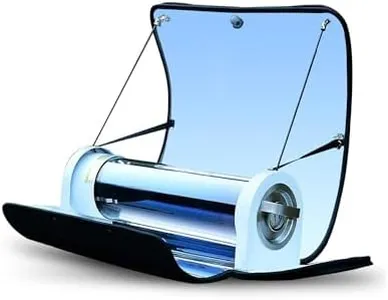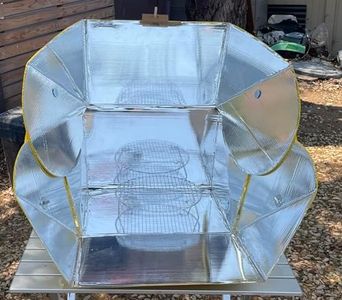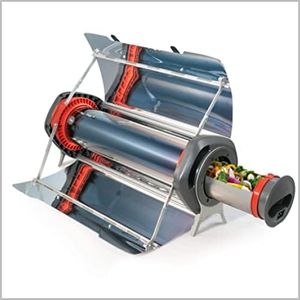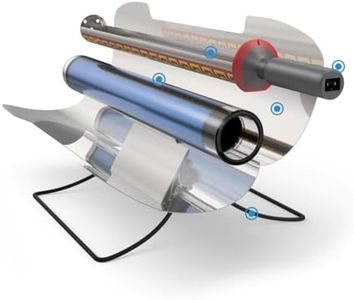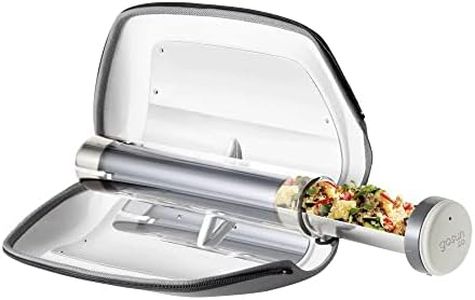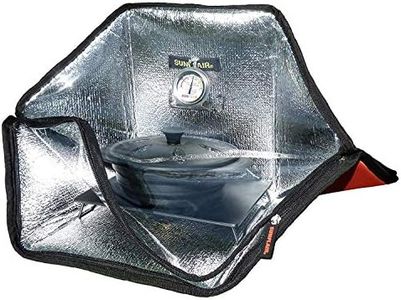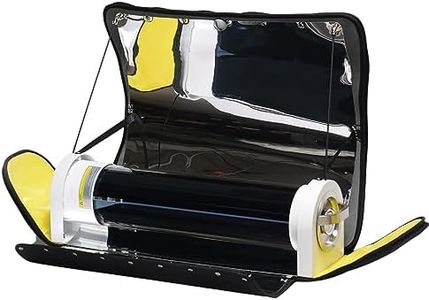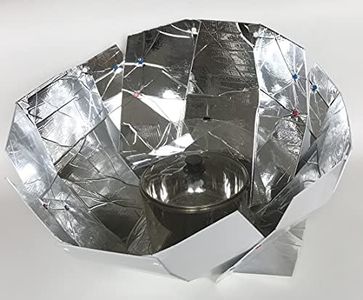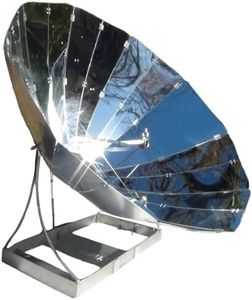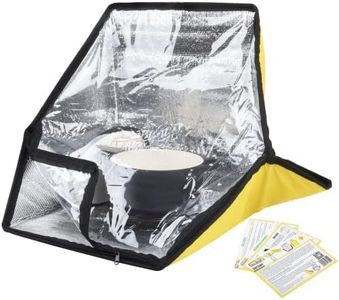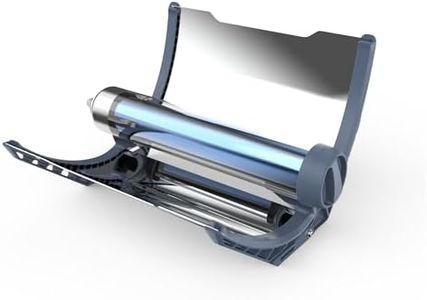We Use CookiesWe use cookies to enhance the security, performance,
functionality and for analytical and promotional activities. By continuing to browse this site you
are agreeing to our privacy policy
10 Best Solar Ovens
From leading brands and best sellers available on the web.Buying Guide for the Best Solar Ovens
Choosing a solar oven can be an exciting way to explore outdoor cooking, save energy, and reduce your environmental impact. Solar ovens use the sun’s energy to cook food, which makes them eco-friendly and great for areas with plenty of sunshine. When choosing the right solar oven, think about where and how often you’ll use it, what types of meals you want to prepare, and your comfort level with outdoor cooking. Understanding the key features will help you match a solar oven to your needs and ensure you have a pleasant cooking experience.Cooking CapacityCooking capacity refers to how much food you can cook at once in the solar oven. This is usually measured in liters or by the size of the trays that fit inside. It’s important because it determines whether you can prepare meals for just yourself, a couple of people, or a large group. Smaller ovens are lighter and more portable, making them great for personal use or backpacking, while larger ovens can cook bigger meals for families or groups. Consider the usual number of people you’ll be cooking for and pick a size that will comfortably fit your needs without being unnecessarily large.
Maximum TemperatureThe maximum temperature tells you how hot the oven can get under ideal sunlight. This is crucial for the types of food you want to cook – higher temperatures are better for baking breads, roasting meats, or shortening cooking times, while lower temperatures are fine for slow-cooking or making stews. Solar ovens typically range from 200°F to over 400°F. If you hope to do a wide variety of cooking, go for an oven that reaches higher maximum temperatures. If slow-cooked meals or gentle warming is all you need, a lower range will work.
Portability and WeightPortability and weight describe how easy it is to move and transport the solar oven. Lightweight and collapsible ovens are best if you plan to hike, camp, or move your oven frequently. Heavier and sturdier models are more durable and suitable for backyard use or places where the oven will mostly stay in one spot. To pick the right one, consider how often you’ll need to carry or store the oven, and match your choice to your intended use.
Ease of Setup and UseThis refers to how simple it is to assemble and use the solar oven, including setting up the reflectors, adjusting angles, and loading food. Some ovens have simple, one-piece designs, while others need more assembly or careful positioning to get optimal sunlight. If you’re new to solar cooking or want a hassle-free experience, look for an oven with straightforward setup and user-friendly instructions. Experienced users or those who don’t mind a little extra effort may opt for more advanced designs with adjustable features.
Durability and Build MaterialsDurability and build materials relate to how well the oven is made and how it holds up to outdoor conditions. Common materials include metal, glass, and strong plastics. A well-built oven will last longer, resist weather damage, and provide consistent cooking results. If you plan to use your oven often or in rugged conditions, prioritize sturdy materials and make sure all parts can handle regular use. For occasional or infrequent use, lighter materials may suffice.
